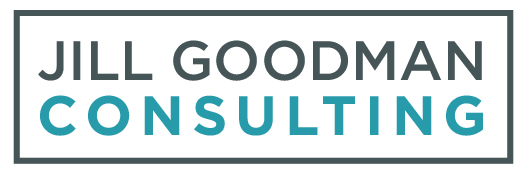3 Reasons to Embrace the Advancement Model
As a consultant, I work primarily with enrollment, development, and communications leaders at independent schools. I consider all three to define Advancement. Many schools have a siloed arrangement without anyone solely responsible for supervision of the entirety of advancement efforts. I have begun to explore Bowen Family Systems Theory and triangles of anxiety and their parallel to the dynamics at schools among faculty, staff, parents, and students. In my continuing conversation with Amie Post, MA, LCMFT, an expert at the Bowen Center for the Study of the Family, we talked about how the silos in advancement are perfect incubators for creating anxiety triangles as each branch competes for resources and are working toward distinct and separate goals.
This year, I advocate for an institutional shift by bringing development, enrollment, and communications under one umbrella. Triangles can be positive as well and can be the most stable human relationships. The advancement model with its three branches and unified goals creates wide-reaching benefit in a school. The model can work in a smaller school just as well as a large, well-resourced one. Here are three reasons to consider a move to an advancement model at your school:
Development and Enrollment are connected. I consistently see resistance to the advantages of the interconnectedness of advancement efforts. Databases are often separated, offices are separated, parent contact with each office is separated. And yet, when families are happy with the experience at the school through the Six Components of Parent Retention, gifts to the school increase along with retention numbers.
There is an undue burden on the Communications team. Without an Advancement Director, the communications team is in the challenging position of corralling both development and enrollment departments to adhere to consistent messaging and deadlines. Often without the specific authority to do so, they balance the needs of both and decide the priorities for each in terms of communications as it fits into the entire school’s communication plan. It can cause friction and stress within the three branches of advancement and can affect how the school is perceived by its constituents.
The Advancement Model can be more efficient. David Willows has done brilliant and thoughtful writing and research on the efficiency of the advancement model. In his model, developed at the International School of Brussels, he takes the current siloed yet supervised approach and upends it by eliminating not only the siloes but also defined roles within development, enrollment, and communications. All team members can perform in each of the three branches depending on the needs of the department and the cycles for each.
How would you start to improve the situation at your school?
As a school leader, you are intuitive and can sense when something is not right, even before you have the data to understand the problem fully. I work with school leaders to enhance their leadership skills, build capacity, and bring them insight and data to see issues and blind spots that are in the way of creating the optimal experience for students, parents, and teachers. Let’s think about this together.
The author, Jill Goodman, is a consultant working with independent school leaders to advance their school’s mission, enhance their processes, and bolster their skills. Learn more about all services here.



